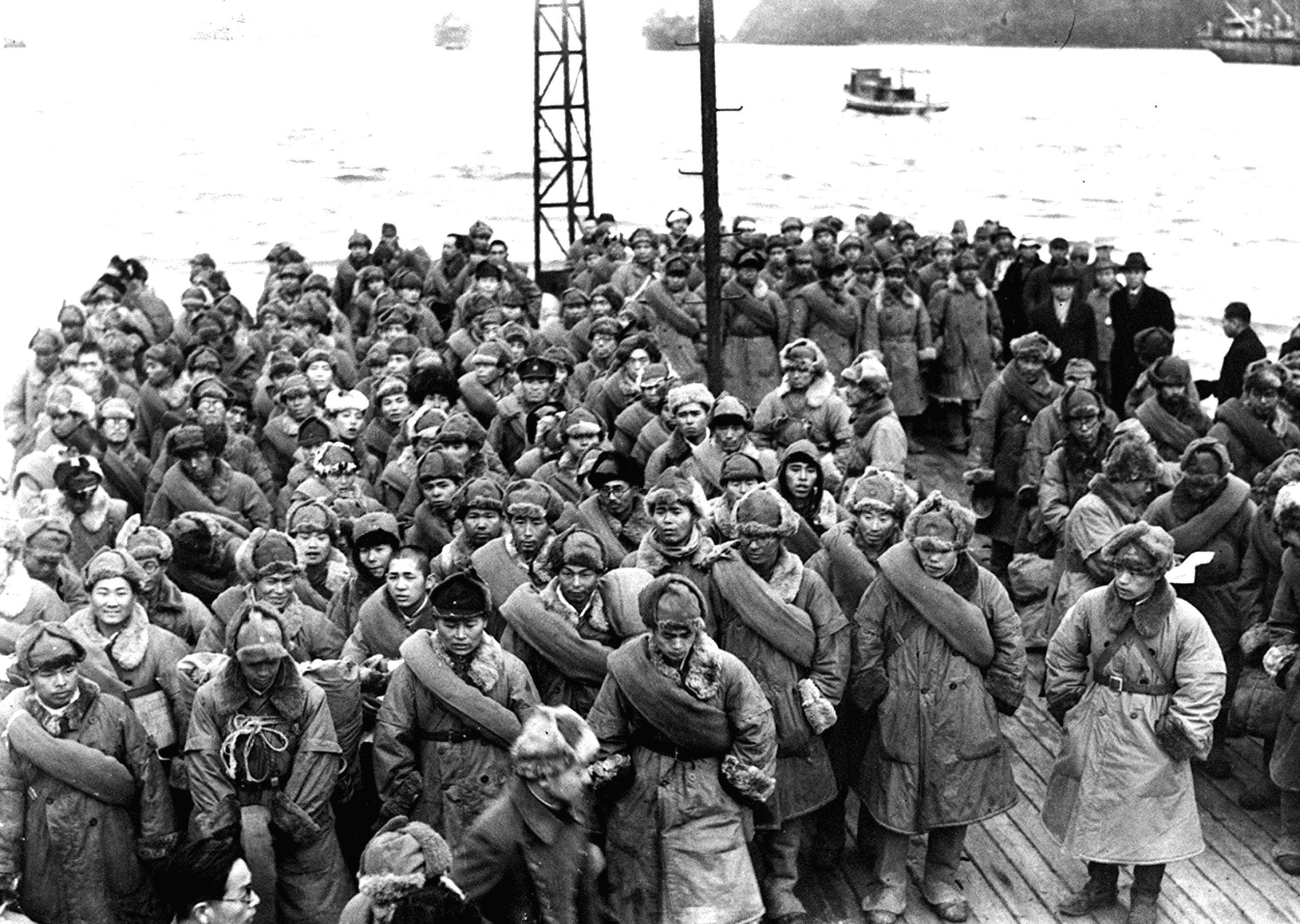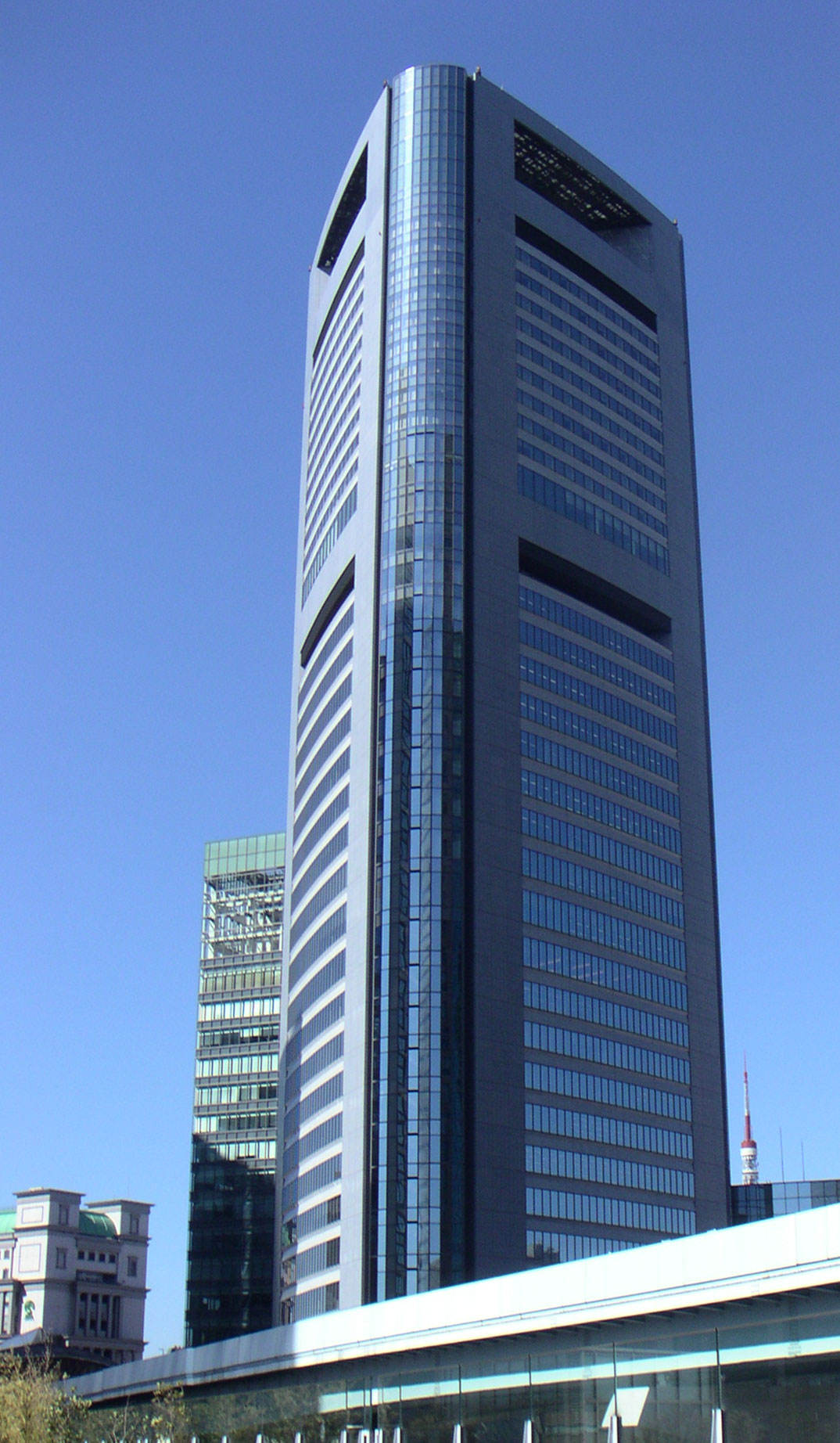|
Japanese People In North Korea
Japanese people in North Korea are people of Japanese descent living in North Korea. They consist mainly of four groups: prisoners-of-war in the Soviet Union, Japanese accompanying repatriating Zainichi Korean spouses, defectors, and kidnapping victims. The number who remain alive is not known. Background In 1945, with the end of World War II and the collapse of the Empire of Japan, 200,000 Japanese colonists were stranded north of the 38th parallel; however, they were repatriated to Japan soon after. The earliest and largest post-war influx of Japanese to North Korea was involuntary: 27,000 prisoners-of-war from the Soviet Union. Their current whereabouts are unknown; documents from Russian archives suggest that only the physically ill were sent to North Korea, while able-bodied men were retained by the Soviets to perform forced labor there. Spouses of repatriating Zainichi Koreans Voluntary migration of Japanese to North Korea began in 1959, under a repatriation campaign for Z ... [...More Info...] [...Related Items...] OR: [Wikipedia] [Google] [Baidu] |
Japanese POWs In The Soviet Union
After :World War II there were from 560,000 to 760,000 Japanese personnel in the Soviet Union and Mongolia interned to work in labor camps as POWs. Of them, it is estimated that between 60,000 and 347,000 died in captivity.POW in the USSR 1939–1956:Documents and Materials Moscow '' Logos Publishers (2000)'' (Военнопленные в СССР. 1939–1956: Документы и материалы Науч.-исслед. ин-т проблем экон. истории ХХ века и др.; Под ред. М.М. Загорулько. – М.: Логос, 2000. – 1118 с.: ил.) |
Pyongyang
Pyongyang (, , ) is the capital and largest city of North Korea, where it is known as the "Capital of the Revolution". Pyongyang is located on the Taedong River about upstream from its mouth on the Yellow Sea. According to the 2008 population census, it has a population of 3,255,288. Pyongyang is a directly administered city () with equal status to North Korean provinces. Pyongyang is one of the oldest cities in Korea. It was the capital of two ancient Korean kingdoms, Gojoseon and Goguryeo, and served as the secondary capital of Goryeo. Much of the city was destroyed during the First Sino-Japanese War, but it was revived Korea under Japanese rule, under Japanese rule and became an industrial center. Following the establishment of North Korea in 1948, Pyongyang became its ''de facto'' capital. The city was again devastated during the Korean War, but was quickly rebuilt after the war with Soviet Union, Soviet assistance. Pyongyang is the political, industrial and transport ... [...More Info...] [...Related Items...] OR: [Wikipedia] [Google] [Baidu] |
Yalu River
The Yalu River, known by Koreans as the Amrok River or Amnok River, is a river on the border between North Korea and China. Together with the Tumen River to its east, and a small portion of Paektu Mountain, the Yalu forms the border between North Korea and China. Its valley became the scene of several military conflicts in the past centuries. Name Two theories are given regarding the origin of the river's name. One theory is that the name derived from ''Yalu ula'' () in the Manchu language. The Manchu word ''yalu'' () means "the boundary between two countries". In Mandarin Chinese, phonetically approximates the original Manchu word, but literally means "duck green", which was said to have been once the color of the river. The other theory is that the river was named after the combination of its two upper branches, which were called "" ( or'' Ap'') and "" ( or ''R''(or ''n'')''ok'')", respectively. Revised Romanization of Korean spelled it (; "Amnok River") and Revised Roma ... [...More Info...] [...Related Items...] OR: [Wikipedia] [Google] [Baidu] |
Aum Shinrikyo
, formerly , is a Japanese doomsday cult founded by Shoko Asahara in 1987. It carried out the deadly Tokyo subway sarin attack in 1995 and was found to have been responsible for the Matsumoto sarin attack the previous year. The group says that those who carried out attacks did so secretly, without being known to other executives and ordinary believers. Asahara insisted on his innocence in a radio broadcast relayed from Russia and directed toward Japan. On 6 July 2018, after exhausting all appeals, Asahara and six followers were executed as a punishment for the 1995 attacks and other crimes, and the remaining six on death row were executed on 26 July. At 12:10 am, on New Year's Day 2019, at least nine people were injured (one seriously) when a car was deliberately driven into crowds celebrating the new year on Takeshita Street in Tokyo. Local police reported the arrest of Kazuhiro Kusakabe, the suspected driver, who allegedly admitted to intentionally ramming his vehicle into ... [...More Info...] [...Related Items...] OR: [Wikipedia] [Google] [Baidu] |
Kazumi Kitagawa
Kazumi ( ja, カズミ, かずみ) is a Japanese given name that can be given to either sex. Possible writings *和美, "peace, beauty" *一巳, "one, sign of the snake" *一美, "one, beauty" *一実, "one, truth" *和海, "peace, sea" *数魅, "number, fascination" *数巳, "number, sign of the snake" *和満, "peace, satisfy, full" The name Kazumi can be written with kanji characters (as listed above), or it can be written using the katakana and hiragana writing systems. In hiragana, Kazumi is written as かずみ, while in katakana, it is written as カズミ. People with the given name *, Japanese bobsledder * Kazumi Akedo (明戸 和巳), Japanese Go player *Kazumi Fujita (藤田 一巳), Japanese mecha designer *, Japanese politician *Kazumi Kazui (一井 かずみ), Japanese manga artist *Kazumi Kishimoto (岸本 一美), Japanese figure skater *Kazumi Kurigami (操上 和美), Japanese photographer * Kazumi Matsuo (松尾 和美), Japanese marathon runner *, Japanese vol ... [...More Info...] [...Related Items...] OR: [Wikipedia] [Google] [Baidu] |
Japanese Language
is spoken natively by about 128 million people, primarily by Japanese people and primarily in Japan, the only country where it is the national language. Japanese belongs to the Japonic or Japanese- Ryukyuan language family. There have been many attempts to group the Japonic languages with other families such as the Ainu, Austroasiatic, Koreanic, and the now-discredited Altaic, but none of these proposals has gained widespread acceptance. Little is known of the language's prehistory, or when it first appeared in Japan. Chinese documents from the 3rd century AD recorded a few Japanese words, but substantial Old Japanese texts did not appear until the 8th century. From the Heian period (794–1185), there was a massive influx of Sino-Japanese vocabulary into the language, affecting the phonology of Early Middle Japanese. Late Middle Japanese (1185–1600) saw extensive grammatical changes and the first appearance of European loanwords. The basis of the standard dialect moved f ... [...More Info...] [...Related Items...] OR: [Wikipedia] [Google] [Baidu] |
Kyodo News
is a nonprofit cooperative news agency based in Minato, Tokyo. It was established in November 1945 and it distributes news to almost all newspapers, and radio and television networks in Japan. The newspapers using its news have about 50 million subscribers. K. K. Kyodo News is Kyodo News' business arm, established in 1972.Shrivastava, K. M. (2007). ''News agencies from pigeon to internet.'' Sterling Publishers Pvt. Ltd. p. 208. . The subdivision Kyodo News International, founded in 1982, provides over 200 reports to international news media and is located in Rockefeller Center, New York City. Their online news site is in Japanese, Chinese ( Simplified and Traditional), Korean, and English. The agency employs over 1,000 journalists and photographers, and maintains news exchange agreements with over 70 international media outlets. Satoshi Ishikawa is the news agency's president. Kyodo News was formed by Furuno Inosuke, the president of the Domei News Agency, following the d ... [...More Info...] [...Related Items...] OR: [Wikipedia] [Google] [Baidu] |
Thailand
Thailand ( ), historically known as Siam () and officially the Kingdom of Thailand, is a country in Southeast Asia, located at the centre of the Indochinese Peninsula, spanning , with a population of almost 70 million. The country is bordered to the north by Myanmar and Laos, to the east by Laos and Cambodia, to the south by the Gulf of Thailand and Malaysia, and to the west by the Andaman Sea and the extremity of Myanmar. Thailand also shares maritime borders with Vietnam to the southeast, and Indonesia and India to the southwest. Bangkok is the nation's capital and largest city. Tai peoples migrated from southwestern China to mainland Southeast Asia from the 11th century. Indianised kingdoms such as the Mon, Khmer Empire and Malay states ruled the region, competing with Thai states such as the Kingdoms of Ngoenyang, Sukhothai, Lan Na and Ayutthaya, which also rivalled each other. European contact began in 1511 with a Portuguese diplomatic mission to Ayutthaya, w ... [...More Info...] [...Related Items...] OR: [Wikipedia] [Google] [Baidu] |
Police System Of Japan
Law enforcement in Japan is provided mainly by the prefectural police departments under the oversight of the National Police Agency. The National Police Agency is administered by the National Public Safety Commission, thus ensuring that Japan's police are an apolitical body and free of direct central government executive control. They are checked by an independent judiciary and monitored by a free and active press. There are two types of law enforcement officials in Japan, depending on the underlying provision: Police officers of Prefectural Police Departments (prescribed as under Article 189 of the ), and , dealing with specialized fields with high expertise. History The Japanese government established a European-style civil police system in 1874, under the centralized control of the Police Bureau within the Home Ministry, to put down internal disturbances and maintain order during the Meiji Restoration. By the 1880s, the police had developed into a nationwide instrument of ... [...More Info...] [...Related Items...] OR: [Wikipedia] [Google] [Baidu] |
Japan Airlines Flight 351
Japan Air Lines Flight 351 was a scheduled passenger flight from Tokyo Haneda Airport to Fukuoka that was hijacked by members of the Red Army Faction of the Japan Communist League on March 31, 1970, in an incident usually referred to in Japanese as the . Hijacking Approximately 20 minutes after takeoff, a young man by the name of Takamaro Tamiya got up from his seat and drew a katana shouting "We are Ashita no Joe!", stating his intent to hijack the plane, and instructed the other hijackers to draw their weapons. The hijackers then took 129 people (122 passengers and seven crew members) hostage and commanded the pilots to fly the plane to Havana, Cuba, where they intended to receive training by communist military groups. The hijackers were then informed that the aircraft, a Boeing 727, was not capable of making such a journey, due to the plane's inability to hold the necessary amount of fuel. Upon learning of this, the hijackers insisted that the plane be diverted to Pyongyang, ... [...More Info...] [...Related Items...] OR: [Wikipedia] [Google] [Baidu] |
Japanese Red Army
The was a militant communist organization active from 1971 to 2001. It was designated a terrorist organization by Japan and the United States. The JRA was founded by Fusako Shigenobu and Tsuyoshi Okudaira in February 1971 and was most active in the 1970s and 1980s. After the Lod Airport massacre, it sometimes called itself the Arab-JRA. The group was also known as the Anti-Imperialist International Brigade (AIIB), the Holy War Brigade, and the Anti-War Democratic Front. The JRA's stated goals were to overthrow the Japanese government and the monarchy, as well as to start a world revolution. History Fusako Shigenobu had been a leading member in the in Japan, whose roots lay in the militant New Left Communist League. Advocating revolution through terrorism, they set up their own group, declaring war on the state in September 1969. The police quickly arrested many of them, including founder and intellectual leader Takaya Shiomi, who was in jail by 1970. The Red Army Faction lo ... [...More Info...] [...Related Items...] OR: [Wikipedia] [Google] [Baidu] |
Red Army Faction (Japan)
The was a militant communist organization active in Japan from 1968 to 1971, when it split to form two successor groups, the Japanese Red Army and the United Red Army. The Red Army Faction originated as a schismatic militant sub-faction of a larger New Left student organization called the . Advocating immediate, armed uprising against the forces of Japanese monopoly capitalism in preparation for worldwide revolution, the Red Army Faction planned a variety of attacks on police and government officials, as well as criminal activities such as bank robberies to fund their planned communist revolution. Most notably on March 30, 1970, members of the group hijacked Japan Air Lines Flight 351, eventually flying the aircraft to North Korea where the hijackers were granted political asylum. History Origins In 1966, the New Left student organization the Communist League, defunct since 1960, reformed, becoming known as the . At this time, the " Kansai faction" of the Second Bund, ba ... [...More Info...] [...Related Items...] OR: [Wikipedia] [Google] [Baidu] |





